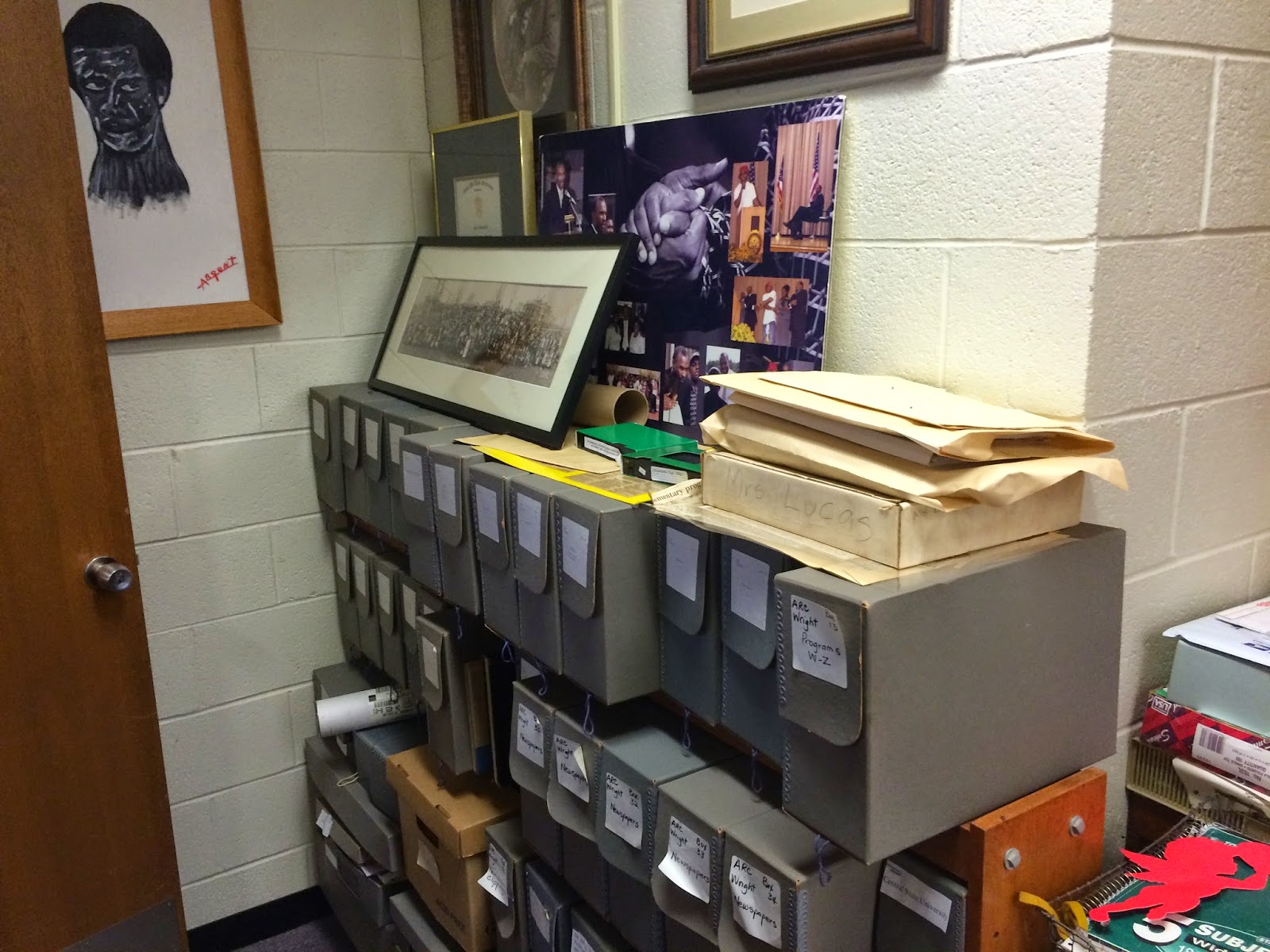 Everyone networks. Networking is the linking together of individuals of mutual interest. Through trust and relationship building, contacts can ultimately become walking, talking endorsements for one another.
Everyone networks. Networking is the linking together of individuals of mutual interest. Through trust and relationship building, contacts can ultimately become walking, talking endorsements for one another.I was an eight grader, years away from having to do any professional networking when Jay-Z dropped his fifth studio album The Dynasty: Roc La Familia in 2000. One of my favorite songs on that album from first listen is and will always be "1-900 Hustler". In the tune Jay-Z serves as an Ask Annie of sorts for drug dealers calling in with questions about establishing clientele in a new town, getting a swift dispersal of advance money from their record label, and discussing illicit activity over recorded phone lines without getting anyone indicted.
In the first verse Beanie Sigel fields a question from a young man in who is the only Brooklynite in a new area who is looking to set up his cocaine enterprise in the area. Jay-Z shares the following tips and tricks:
"Here's a couple of suggestions of how you could finesse it
You find a dude in town, you send him a short message
Say, "Hey, I'm new in town, I don't know my way around
But I got some soft white that's sure to come back brown
I get that butter all night
'Cause most (word redacted) don't know a brick from a bike
They keep buyin' hard white
And if you free tomorrow night we can meet and discuss price
FYI, I never been robbed in my life"
Read more: Jay-Z - 1-900-hustler Lyrics | MetroLyrics
Though I'm a theologian librarian in real life, I move in my mind like a hustler. I am new in the Dayton area and know the value of being connected. I didn't have any unprocessed cocaine to peddle when I reached out to the Head of Special Collections at Wright State University but that did not stop me from sending a "short message" introducing myself and requesting a meet and greet to discuss opportunities for field study placements for Public History students at the Payne Seminary Archive. In this transactional meeting I learned the Head and I shared a Duke colleague and walked away with a wealth of information about the Public History program, historic preservation and archives events in the Dayton area, resources for archives architecture, upcoming professional development opportunities and a few new archivist colleagues to be in touch with.
The Special Collections and Archives located in the Paul Laurence Dunbar Library collects, preserves, and makes available the history of aviation, the local and regional history of the Miami Valley of Ohio, and the university's history. Along with diaries, letters and oral histories documenting the human experience from the ordinary life of an Ohio farm wife to Dayton survivors of the Holocaust, the collection includes: The largest Wright brothers collection in the world, A Cold War aerospace technology archive, Papers of political figures and parties, The Dayton Daily News newspaper archive, local government records, Records of major arts organizations, Collection of Paul Laurence Dunbar first editions, Women's history collections, Letters, diaries, and photographs of the first families of Dayton, Records of civic and community organizations and associations, Religious history collections, The Wright State University Archives.
Here are some pictures from my February 26 visit:
 |
| Collections on the left, Offices on the right |
 |
| Me and the Guys |
 |
| Model Airplane in the Library |
 |
| Wright Brothers Vault |
 |
| Office decor |
 |
| Original Flight log from 1912 Wright Brothers Flights |
 |
| Yours truly holding an original print from the glass print negative December 17, 1903 first powered controlled flight by the Wright Brothers |
 |
| Wrights Brother medals |
 |
| Wright Brothers Medals and Papers |


.JPG)
.JPG)










